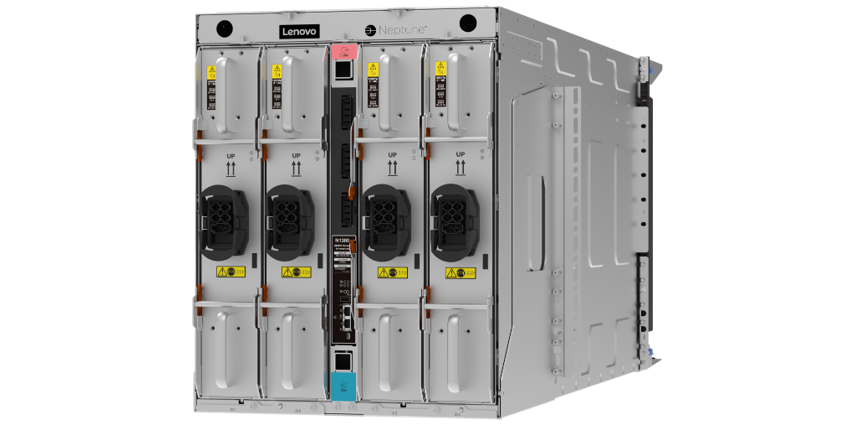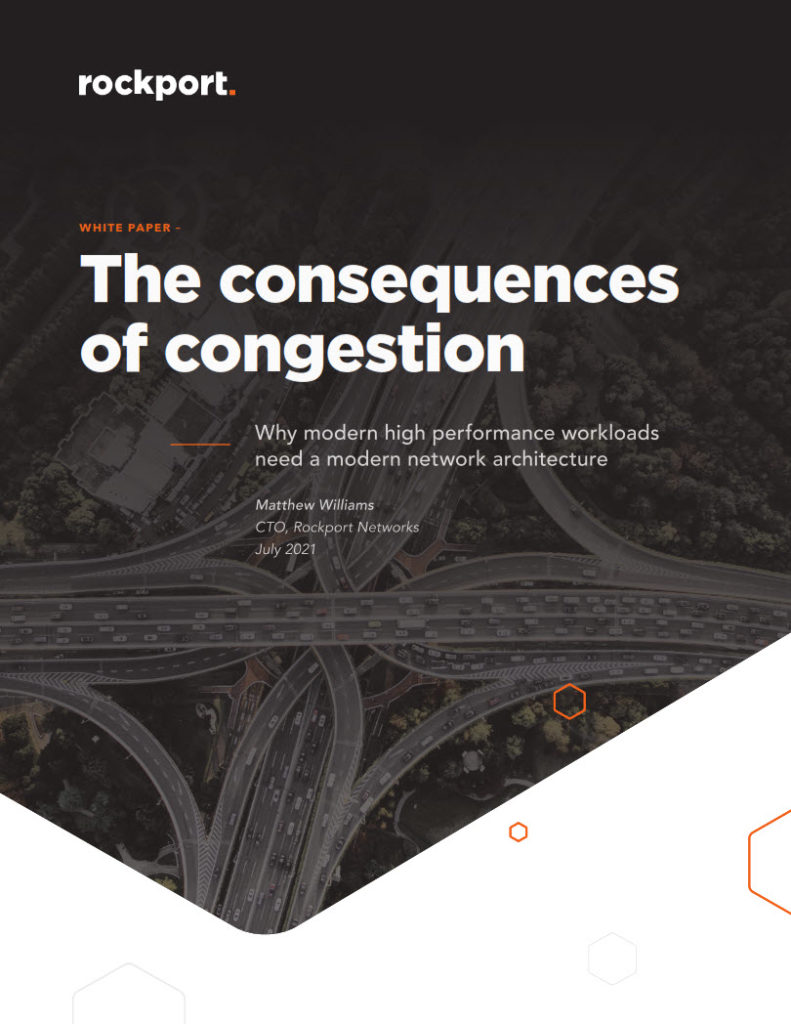Slides are now posted from the recent event “The Multicore Challenge II – Programming The Multicore” held on 5th September 2011 at Bristol. The event was reportedly a big success with over 120 participants.
Sponsored Guest Articles
‘It’s Vertical’: Lenovo’s New Rack Server Chassis Turns HPC-AI Liquid Cooling on its Edge
[SPONSORED GUEST ARTICLE] The first thing you notice about the N1380 is that the servers stand on their sides and are stacked vertically within a rack. Individual server trays slide into the ….
White Papers
It’s Time to Resolve the Root Cause of Congestion
Today, every high-performance computing (HPC) workload running globally faces the same crippling issue: Congestion in the network.
Congestion can delay workload completion times for crucial scientific and enterprise workloads, making HPC systems unpredictable and leaving high-cost cluster resources waiting for delayed data to arrive. Despite various brute-force attempts to resolve the congestion issue, the problem has persisted. Until now.
In this paper, Matthew Williams, CTO at Rockport Networks, explains how recent innovations in networking technologies have led to a new network architecture that targets the root causes of HPC network congestion, specifically:
– Why today’s network architectures are not a sustainable approach to HPC workloads
– How HPC workload congestion and latency issues are directly tied to the network architecture
– Why a direct interconnect network architecture minimizes congestion and tail latency
 Featured RSS Feed
Featured RSS Feed
- Why FinOps Needs DataOps ObservabilityIn this special guest feature, Chris Santiago, Vice President/Solutions Engineering, Unravel Data, talks about controlling cloud spend through three phases of the FinOps lifecycle.
 More News from insideAI News
More News from insideAI News
- KNIME Releases AI Companion to Drive Smarter Collaboration with AI
- Unlock the Full Potential of Your Data
- Pathway Secures $10 Million Led by TQ Ventures to Advance the Development of Live AI
- SurrealDB Launches Surreal Cloud, a Fully Managed Database Service That Tackles the Complexity Issues Faced by Developer Teams
- Why Trust is the Foundation of AI Content Production
- Tuskira Emerges from Stealth with $28.5M to Launch AI-Powered Unified Threat Defense Platform
- AI Beyond LLMs: How LQMs Are Unlocking the Next Wave of AI Breakthroughs




